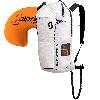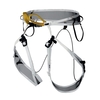La Venta explores the caves and karst area of Mbanza Ngungu in Congo
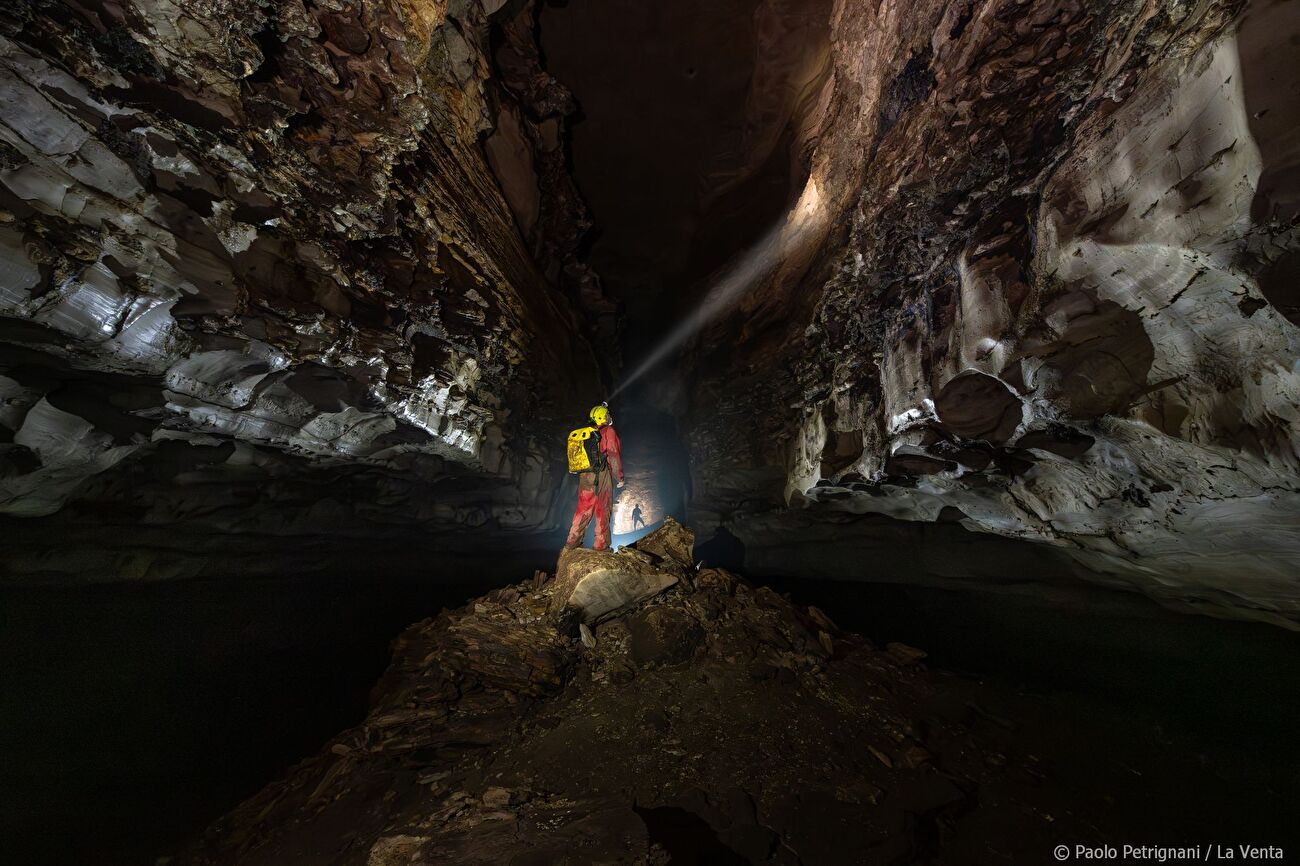
 1 / 6
1 / 6 Paolo Petrignani / La Venta
Paolo Petrignani / La Venta
The gigantic estuary of the Congo River, one of the largest in the world, with its powerful jet of debris, earth and trees, transforms the ocean into a murky broth for hundreds of kilometres and marks the border between the cities of Brazzaville and Kinshasa, the capitals of the Republic of Congo and the Democratic Republic of Congo respectively.
Moving south-west from chaotic Kinshasa, whose avenues paralysed by vehicles overloaded with people and goods transform this megalopolis of over 16 million inhabitants into a single, constantly moving market, and crossing the province of Kongo Central for a hundred kilometres, you reach the city of Mbanza Ngungu, formerly known as Thysville.
Located on the north-eastern edge of the Kwilu River, the karst area that stretches near this quiet town, whose decaying colonial splendour still exerts a certain charm, is characterised by an abundance of carbonate rocks, which extend from Gabon to Angola for over 1,400 kilometres, and by imposing sinkholes surrounded by dense bamboo and springs that feed fields of cassava and bananas, concealing within them some of the oldest and most mysterious cave systems on the African continent.
In this fascinating context, since 2019, the interdisciplinary GeoRes4Dev project, coordinated by the Royal Museum for Central Africa (RMCA) in Tervuren, has been contributing to the development of skills in certain Central African countries (Burundi, DRC, Republic of Congo) in relation to geological and mineral resources. In this first phase of development, the project has, among other things, enabled the awarding of scholarships and doctoral grants to a number of students and young researchers from the universities of Kinshasa and Brazzaville. Through these studies, the project also aims to develop a scientific basis for the creation of Geoparks with the support of UNESCO.
During the first three expeditions carried out in the DRC between 2019 and 2024, with the local support of the Centre de Recherches Geologiques et Mineres (CGRM) in Kinshasa, directed by Prof. Roland Kakule, and with the participation of French, German and Italian speleologists, cave systems covering approximately 20 kilometres were explored and mapped. alternating between large fossil galleries and active sectors where dark underground rivers flow.
Among the most important discoveries from an exploratory point of view is the connection made in 2024 between the Ngovo and Ngungi caves, which open near the village of Bangu, about 12 kilometres south of Mbanza Ngungu. Thanks to the discovery of new flooded tunnels stretching for several hundred metres, this cave system has reached a length of 10 kilometres, making it the thirteenth largest cave on the African continent.
During the 2025 expedition, the La Venta Geographical Exploration Association, which has been conducting speleological expeditions in some of the most remote areas of the planet for over 30 years, produced an initial video and photographic contribution to the ongoing project in this fascinating area of the Democratic Republic of Congo and explored new passages in the Ngovo-Ngungi system for almost a kilometre, leaving numerous fronts open for future missions.
At the same time, as part of the GeoRes4Dev project, numerous scientific activities have been carried out relating to sedimentology, geology, structural analysis and monitoring of the chemical and physical parameters of the cave environment.
The exploratory and scientific potential of these remote cave systems calls for future expeditions to be organised in the karst area of Mbanza Ngungu, where the rivers of the night are even darker and the sun is an indescribable orange colour.
The following participated in the 2025 expedition: Giuseppe Spitaleri, Luca Imperio, Gaetano Boldrini, Riccardo De Luca, Paolo Petrignani, Luca Marzioni (La Venta Esplorazioni Geografiche). Pascale Lahogue, Imen Arfaoui (RMCA). Nadege Ngala, Jeaney Lusongo (University of Kinshasa), Nicy Bazebizonza (University of Brazzaville).
Patronage and sponsors: the expedition was carried out under the patronage of the Italian Speleological Society ETS and with the support of Ferrino Outdoor, Amphibious, Calzaturificio Gaibana, Bee1, Vigea and Fenix Lights.



 Copia link
Copia link


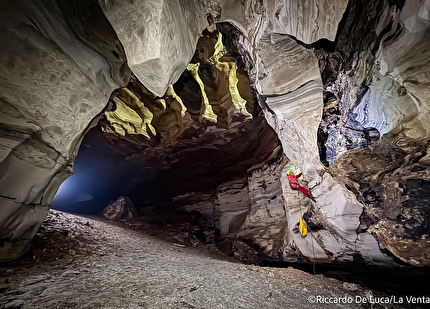
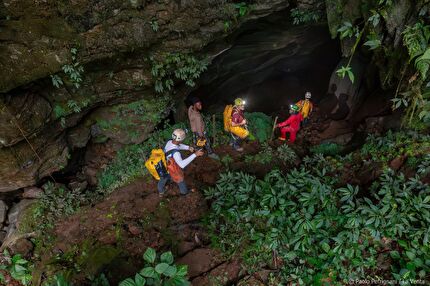
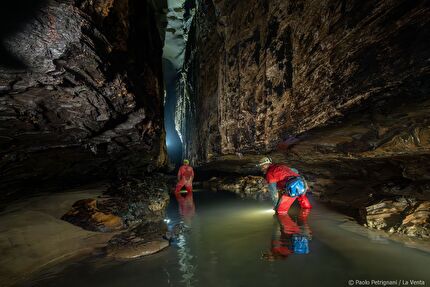
 See all photos
See all photos











